Am I crazy for reviewing a camera that you can have for a song? Maybe? But I’m out here to talk about a camera that many will pass over due to age and the slow autofocus speeds. But when it comes to cameras in the history of photography, the F-401 fits in a strange little niche often forgotten next to the more advanced cameras of the day and, of course, the almighty F90/N90(x/s). And while I have given away the F90, and it gets far more use with its new owner, when I saw the F-401 offered up for free, I jumped on the camera. For two reasons, the first being evident that it came up in researching the background of the F90. As a completist, I like to review cameras that would lead to the iconic cameras, proof of concepts, like the FA, leading to the modern matrix metering that we love in our Nikon SLRs today. The second being I review so few cheap-and-cheerful cameras on my blogs; I realise I need to do that more since the expensive gear is only getting more expensive as the years go on. Special thanks to Nancy again for providing this lovely camera for the review.
Camera Specifications
Make: Nikon
Model: F-401 or N4004
Type: Single Lens Reflex
Format: 135 (35mm), 36x24mm
Lens: Interchangeable, Nikon F-Mount
Shutter: Electromagnetic Vertical Travel Focal Plane Shutter, 1″ – 1/2000″ + Bulb
Meter: Triple Sensor Meter, EV1 ~ EV19 @ ASA-100, ASA-25 – ASA-5000
Autofocus: Nikon AM200 AF Sensor (TTL Phase Detection)
Year of Manufacture: 1987-9
Background
The 1970s had brought rapid change to the photographic industry, and Nikon decided that they would begin experimenting with an autofocus system, showing off a prototype lens in 1971. While history is vague on what happened with that lens, Nikon would continue to work with manual focus SLRs for the time being. It wasn’t until the end of the decade that some of the first practical autofocus systems were released. Polaroid released their sonar-based system for their instant cameras, and Konica and Canon are releasing their passive and active autofocus system respectively in the last two years of the 1970s. Camera makers focused their earliest autofocus efforts on point-and-shoot cameras. Soon Minolta, Pentax, Chinon, and Nikon raced to build an effect autofocus SLR. Pentax came in first with the Pentax ME F in 1981. The ME F is important to this story because it used lenses with the focus motor built into the lens body and a passive TTL phase-detection system that used contrast to pick the appropriate focus point. Nikon took these two elements and built their first autofocus SLR in 1983. Using their darling professional SLR, the F3 as the foundation Nikon built a new finder that included the autofocus detection sensor, a passive TTL system. The DX-1 prism finder required a section set of batteries (AAA if I’m reading the manual correctly). The real market for autofocus would be sports and action photographers; the first (and only) two lenses released for the system were an 80mm and 200mm telephoto. Ultimately the system did not succeed and any plans for more focal lengths scrapped. In 1985 Minolta dropped the α-7000 (Dynax (Europe), Maxxum (North America)) and changed the game completely. The 7000 would set the standard for autofocus SLRs in both function and appearance. And Nikon took notice. A year later, they released their first successful autofocus SLR, the F-501 (N2020 for US markets). Unlike Minolta and Canon, learning from the F3AF, Nikon opted to maintain their historic F-Mount and put the autofocus motor inside the camera body itself. This resulted in no cross-compatibility with the F3AF, which ended up a dead-end system. The F-501 did share that same blocky, hard angle, 1980s VCR look of the 7000. The F-501 suffered from slow autofocus, and the metering system was still a 60/40 centre-weighted sensor. Nikon would release a follow-up in 1987, the F-401 (N4004), aimed at the entry-level market. The F-401 used an improved autofocus sensor module (AM200) and a triple-sensor meter (not true matrix). The F-401 would also be the first Nikon SLR to use two control dials to set the shutter speed and aperture. These dials would also be used to set the camera into AE mode or semi-automatic shutter priority, or aperture priority. And the camera also featured manual exposure mode. Nikon would take these improvements and put many into the Nikon F4 and F-801 cameras. The F-401 received a much-needed update in 1989 with the F-401s, and a second update in 1991 the F-401x which surprisingly saw continued production until 1998 when the Nikon F60 superseded it.


Impressions
If there’s one thing the F-401 has going for, it is the camera’s layout and looks. You can easily see where the design behind the later F90 comes from; gone are the sharp lines of the early 1980s. The camera is lightweight and feels good in the hand, and the controls are minimal and located in logical places. Despite its age, there’s been no degradation of the rubberized coating on the camera body sections. However, the white “Nikon” script is filthy. I attempted to clean it with isopropyl alcohol but without any results. Despite being an entry-level camera, you can see some of Nikon’s future design elements being tested on the F-401, notably the twin command dials for exposure control. One dial controls the lens aperture the other controls the shutter speed. The shutter release is pleasing, and the release is loud, as is the drive, which might be due to age again. While the built-in flash is visible, it does need to pop up to fire and is not that useful, but most older Nikon Speedlights (like the SB-24) work perfectly. The camera’s viewfinder is a major failing in the camera; it’s rather dim, even with an f/1.4 lens attached. There’s also zero feedback in the viewfinder; your aperture and shutter speed are not displayed. The only indicator is when the camera hits focus.


Experiences
The one thing I did not expect with this camera is frustration. While powered by standard AA batteries, I found myself reseating them to get the camera to power on and needed to remember to take the batteries out or else they would go flat. I’ll chalk that up to age. Loading the film proved easy enough, with the camera automatically loading the roll without any trouble, even a thinner based film. As I mentioned in the previous paragraph, even in the bright lights with a fast lens, the viewfinder proved dim and with little feedback in exposure settings. Having the pair of control wheels did make the camera operate familiarly. And while the control dials did have the appropriate labels for the settings, I much prefer that information in the viewfinder to adjust them without taking my eye away from the composition. I ended up running the camera in full AE to save myself the trouble. The metering, while not perfect, is okay. The biggest concern, if you haven’t already guessed, is the autofocus. It’s slow; it hunts and often misses the focus. Which made me happy I only had a twenty-four exposure roll because, by shot twenty, I was getting annoyed. But hey, this was still the early days of Nikon autofocus. And if you’re wondering, yes, the camera also suffered from a light leak, but hey, when your review is going to be bad, you might as well embrace the terribleness.
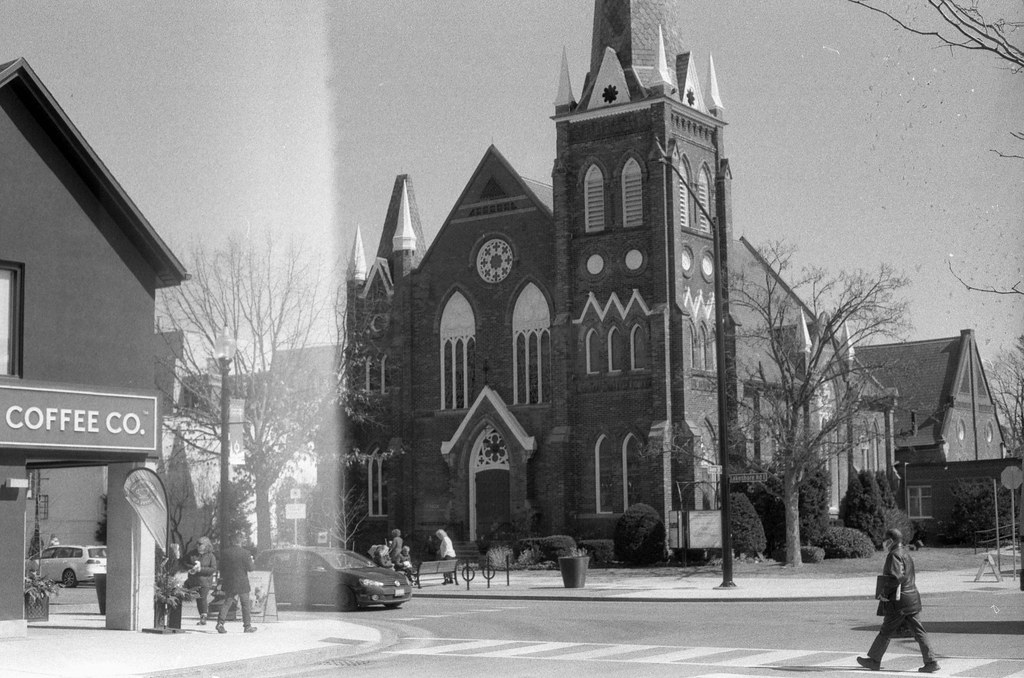
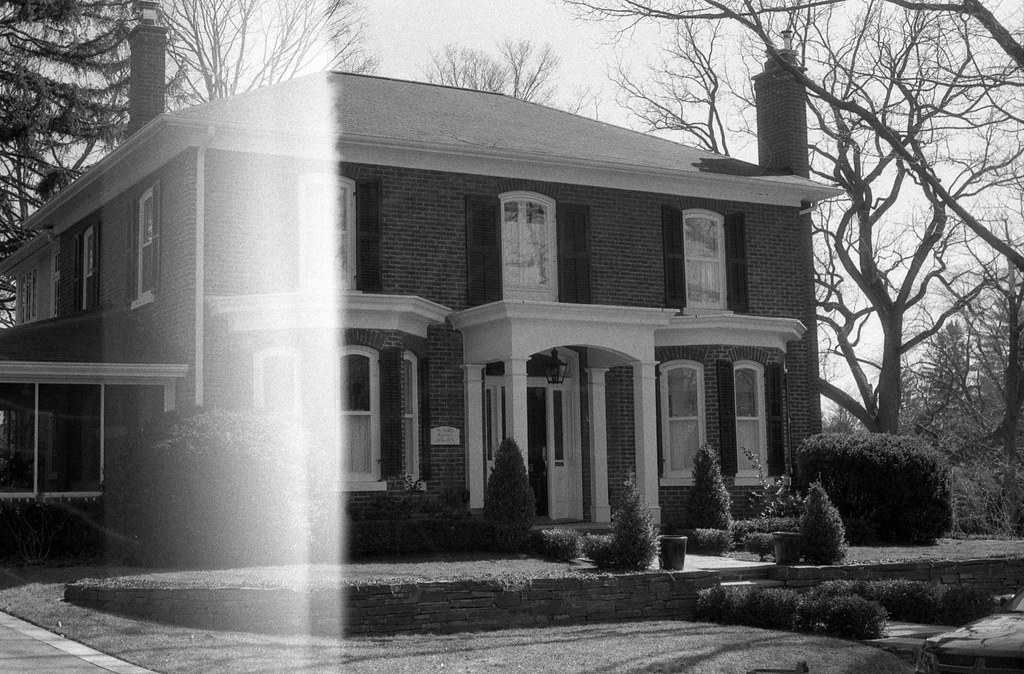
Optics
One of the best (one of the few) aspects of the F-401 is the optics. Nikon has an excellent line of autofocus lenses out there, and the F-401 supports the earlier autofocus lenses, these include the 1st and 2nd generation AF Nikkors, and the 3rd generation Type-D AF Nikkors. Additionally earlier versions of the 4th generation Type-G AF Nikkors will also work. The camera will not activate the autofocus on modern AF-S and AF-I lenses as these have internal autofocus motors and the camera doesn’t have the brains to communicate with these. Pre-AI manual focus lenses will not mount on the camera and could damage the lens mount, however you can use AI and AI-S lenses but you will struggle to use the automatic functions on the camera and there’s a chance you won’t be able to meter. The camera will not work at all with the current 5th generation or Type-E AF Nikkors.

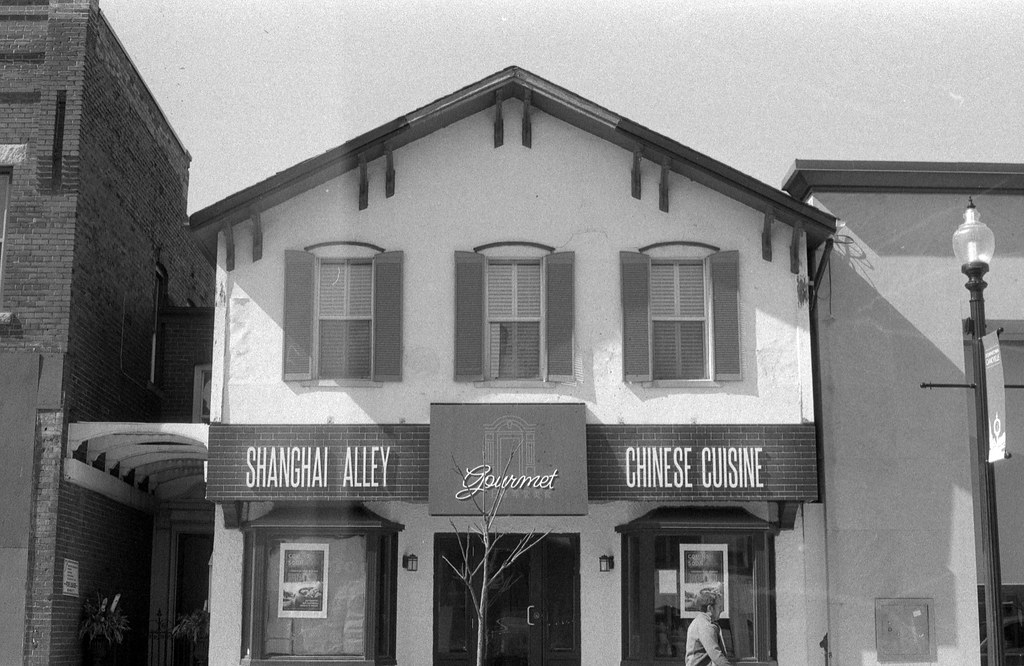
Lowdown
I can see this camera being something; if you’re not wanting to spend a lot of money and have autofocus Nikon glass, then an F-401 is both a blessing and a curse. On the used market, the prices vary greatly. Some are up above the 100$ mark and are approaching even the 200$ mark; for what the camera is, I don’t recommend paying over 100$ for an F-401 (both the S and X variants). On average, they run between 60-80$. Some lower, but that’s a fair price, even better if they have a lens attached. Would I recommend this as a good camera? No, would I recommend it as an entry-level SLR for a new photographer or a child? Yes, providing you haven’t spent too much on the camera in the first place.
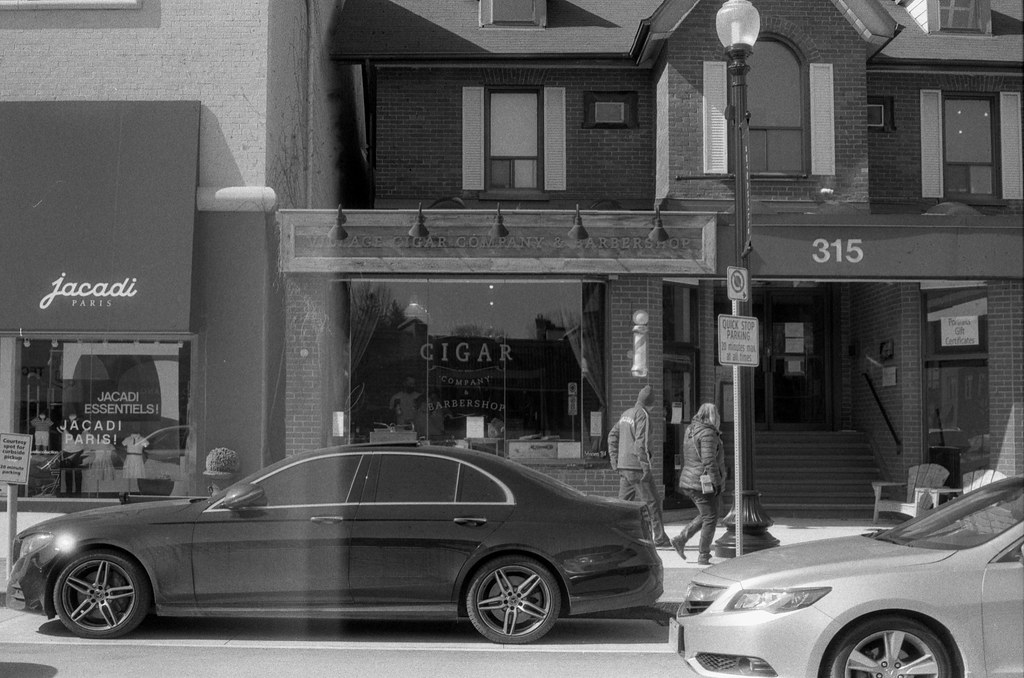

Further Reading
Don’t just take my word on the F-401/N4004, you can check out the reviews by other awesome camera reviewers!
Canny Cameras – Nikon F401 Review – The £1.50 SLR
Photographic Hardware – Nikon F-401/N4004 Review
Tinkering With Cameras – Nikon F401/N4004 Review
Low End Mac – Nikon N4004/F-401 Review
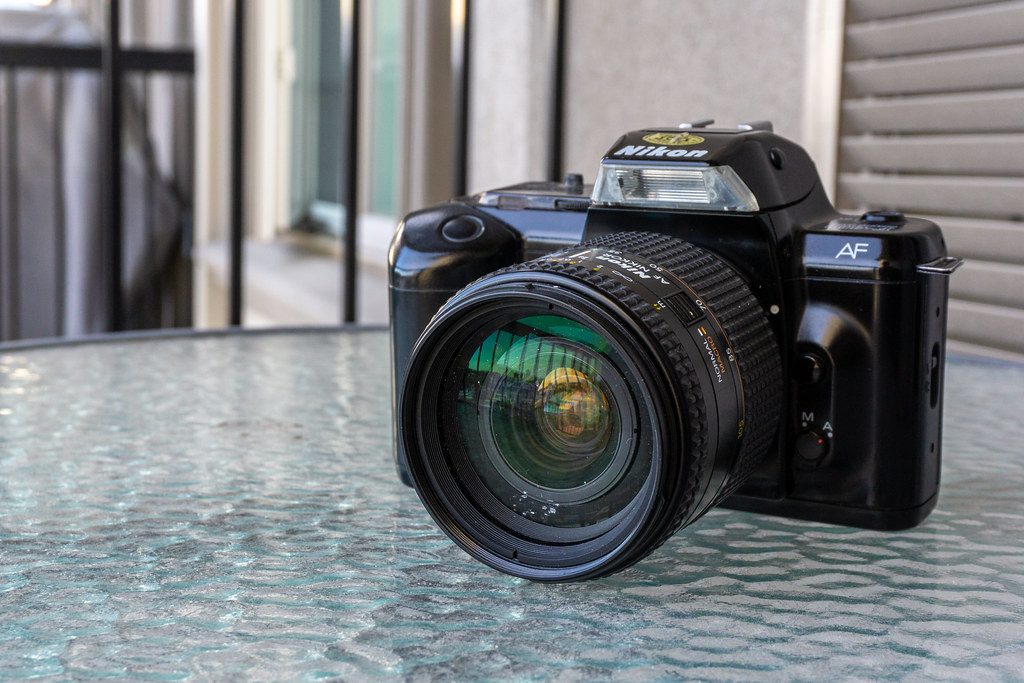

It wasn’t the F-401x that replaced the F-401 in 1989, but the F-401s, which again was replaced by the F-401x in 1991.
Metering does not work with manual focus lenses, as the camera has no aperture index tab. (The same reason why the aperture ring on AF-lenses must be set to the minimum aperture on this camera.)
Autofocus does not work with AF-S and AF-I lenses, so with these you have to focus manually. The in-focus indicator in the viewfinder should work, though.